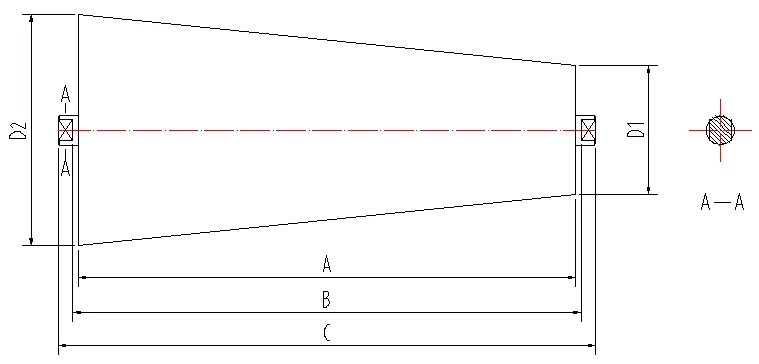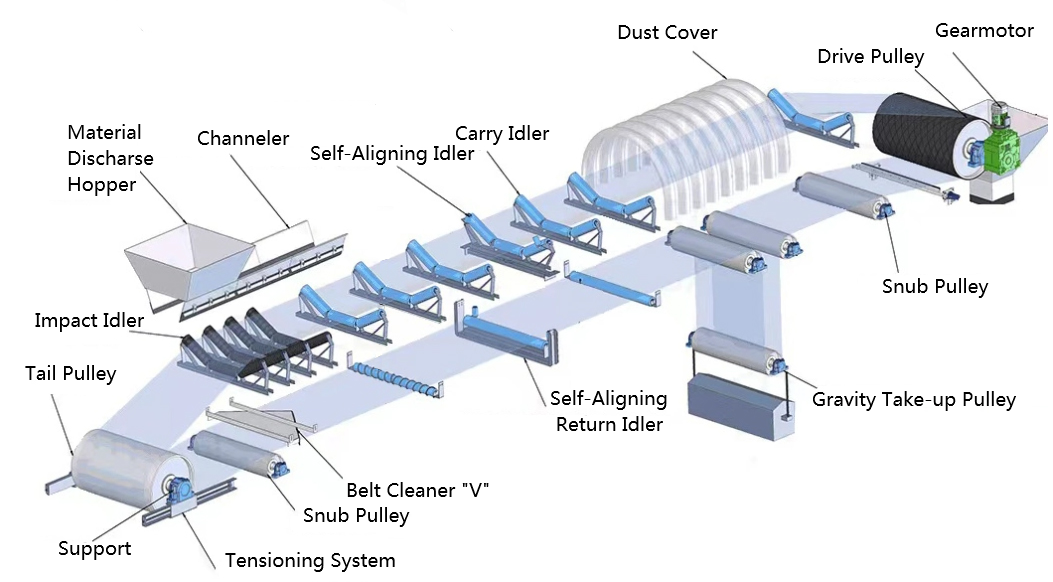 Afrikaans
Afrikaans  Albanian
Albanian  Amharic
Amharic  Arabic
Arabic  Armenian
Armenian  Azerbaijani
Azerbaijani  Basque
Basque  Belarusian
Belarusian  Bengali
Bengali  Bosnian
Bosnian  Bulgarian
Bulgarian  Catalan
Catalan  Cebuano
Cebuano  Corsican
Corsican  Croatian
Croatian  Czech
Czech  Danish
Danish  Dutch
Dutch  English
English  Esperanto
Esperanto  Estonian
Estonian  Finnish
Finnish  French
French  Frisian
Frisian  Galician
Galician  Georgian
Georgian  German
German  Greek
Greek  Gujarati
Gujarati  Haitian Creole
Haitian Creole  hausa
hausa  hawaiian
hawaiian  Hebrew
Hebrew  Hindi
Hindi  Miao
Miao  Hungarian
Hungarian  Icelandic
Icelandic  igbo
igbo  Indonesian
Indonesian  irish
irish  Italian
Italian  Japanese
Japanese  Javanese
Javanese  Kannada
Kannada  kazakh
kazakh  Khmer
Khmer  Rwandese
Rwandese  Korean
Korean  Kurdish
Kurdish  Kyrgyz
Kyrgyz  Lao
Lao  Latin
Latin  Latvian
Latvian  Lithuanian
Lithuanian  Luxembourgish
Luxembourgish  Macedonian
Macedonian  Malgashi
Malgashi  Malay
Malay  Malayalam
Malayalam  Maltese
Maltese  Maori
Maori  Marathi
Marathi  Mongolian
Mongolian  Myanmar
Myanmar  Nepali
Nepali  Norwegian
Norwegian  Norwegian
Norwegian  Occitan
Occitan  Pashto
Pashto  Persian
Persian  Polish
Polish  Portuguese
Portuguese  Punjabi
Punjabi  Romanian
Romanian  Russian
Russian  Samoan
Samoan  Scottish Gaelic
Scottish Gaelic  Serbian
Serbian  Sesotho
Sesotho  Shona
Shona  Sindhi
Sindhi  Sinhala
Sinhala  Slovak
Slovak  Slovenian
Slovenian  Somali
Somali  Spanish
Spanish  Sundanese
Sundanese  Swahili
Swahili  Swedish
Swedish  Tagalog
Tagalog  Tajik
Tajik  Tamil
Tamil  Tatar
Tatar  Telugu
Telugu  Thai
Thai  Turkish
Turkish  Turkmen
Turkmen  Ukrainian
Ukrainian  Urdu
Urdu  Uighur
Uighur  Uzbek
Uzbek  Vietnamese
Vietnamese  Welsh
Welsh  Bantu
Bantu  Yiddish
Yiddish  Yoruba
Yoruba  Zulu
Zulu Jan . 14, 2025 11:28
Back to list
types of pulley in conveyor
Pulley systems in conveyor applications are fundamental components that significantly impact performance and efficiency in material handling processes. These pulleys, often overshadowed by other conveyor elements, vary in design, material, and application, each serving distinct purposes within a conveyor system. Understanding these types of pulleys offers a clear edge in optimizing conveyor system operations and ensuring industry-specific solutions.
Wing pulleys are a specialized type of pulley that feature a series of evenly spaced wings or fins protruding from their surface. These features help in self-cleaning by dislodging debris that may accumulate on the belt, particularly useful in settings with abrasive or sticky materials. Wing pulleys are typically used in the tail position of conveyors to prevent material buildup and minimize maintenance needs. Finally, the bend pulley is used to change the direction of the conveyor belt or to create a loop with the belt. This pulley enhances the operational flexibility of conveyor systems, making it integral in more complex conveyor layouts where changes in belt routing are required. Choosing the right type of pulley for a specific conveyor application involves understanding the materials being transported, the conveyor environment, and operational demands. This selection process requires technical know-how and industry experience to ensure that the system is not only effective but also economical and sustainable in the long run. Investing in high-quality pulleys from reputable manufacturers further bolsters system reliability and underscores the importance of using components conforming to industry standards. In summary, the diversity of pulley types within conveyor systems underscores their pivotal roles, from driving and guiding the belt to maintaining its tension and ensuring cleanliness. Properly specified and maintained pulleys contribute to efficient, reliable, and safe material handling operations, making them indispensable components within the varied applications of conveyor technology.


Wing pulleys are a specialized type of pulley that feature a series of evenly spaced wings or fins protruding from their surface. These features help in self-cleaning by dislodging debris that may accumulate on the belt, particularly useful in settings with abrasive or sticky materials. Wing pulleys are typically used in the tail position of conveyors to prevent material buildup and minimize maintenance needs. Finally, the bend pulley is used to change the direction of the conveyor belt or to create a loop with the belt. This pulley enhances the operational flexibility of conveyor systems, making it integral in more complex conveyor layouts where changes in belt routing are required. Choosing the right type of pulley for a specific conveyor application involves understanding the materials being transported, the conveyor environment, and operational demands. This selection process requires technical know-how and industry experience to ensure that the system is not only effective but also economical and sustainable in the long run. Investing in high-quality pulleys from reputable manufacturers further bolsters system reliability and underscores the importance of using components conforming to industry standards. In summary, the diversity of pulley types within conveyor systems underscores their pivotal roles, from driving and guiding the belt to maintaining its tension and ensuring cleanliness. Properly specified and maintained pulleys contribute to efficient, reliable, and safe material handling operations, making them indispensable components within the varied applications of conveyor technology.
Latest news
-
Revolutionizing Conveyor Reliability with Advanced Rubber Lagging PulleysNewsJul.22,2025
-
Powering Precision and Durability with Expert Manufacturers of Conveyor ComponentsNewsJul.22,2025
-
Optimizing Conveyor Systems with Advanced Conveyor AccessoriesNewsJul.22,2025
-
Maximize Conveyor Efficiency with Quality Conveyor Idler PulleysNewsJul.22,2025
-
Future-Proof Your Conveyor System with High-Performance Polyurethane RollerNewsJul.22,2025
-
Driving Efficiency Forward with Quality Idlers and RollersNewsJul.22,2025
OUR PRODUCTS





























